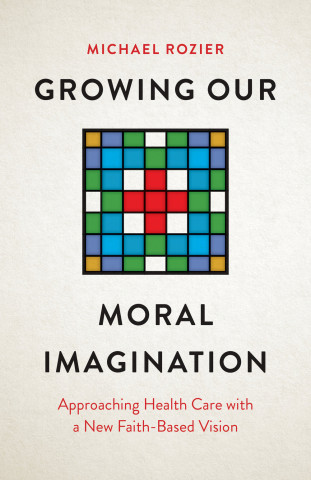
Reviews
Borgeaud has read widely and chooses judiciously from among an array of pictorial and written remains to construct a series of striking images that reveal and unravel the amazingly complex paths taken by the goddess and her companions during a millennium of antiquity.
This slim book is packed with terrific material... Flashes of insight are something Borgeaud does well. He also asks big questions.
A carefully researched and... persuasively argued book that will be of interest to academic libraries and scholars in the field.
Fascinating narrative... combined with the visually-striking jacket cover illustration... entices the potential reader.
Mother of the Gods reaches out far beyond its ostensible subject—the cult of the divine mother in Greece, Rome, and Christianity. It is rich with implications for our understanding of antiquity in general—and, for that matter, for our understanding of culture and society. Philippe Borgeaud provides a model of scholarship: concise, clear, consistently interesting and lively, at moments quite deep. This is a book that every scholar interested in ancient religion will have to read.





